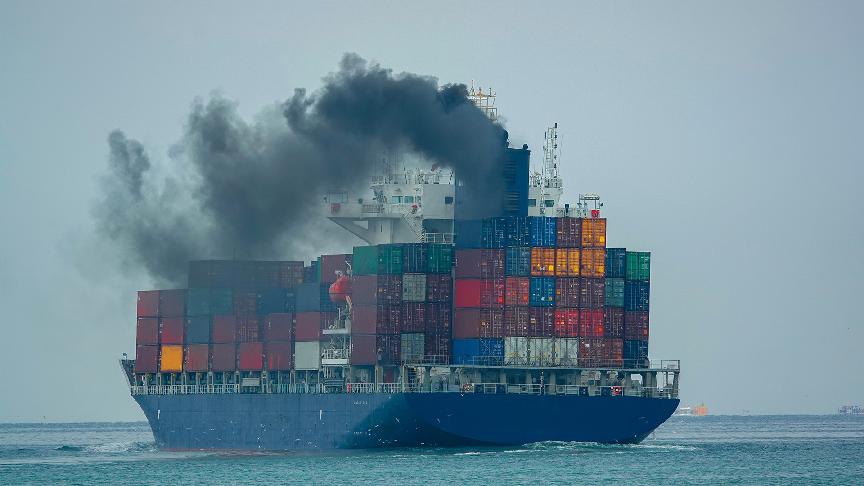On their journey towards creating a sustainable supply chain for their businesses, shippers may look for ways to reduce their carbon footprint when shipping goods.
Last year, many measures were introduced to establish reliable carbon emissions indicators that facilitate decarbonisation in sea freight.
Two of the key indicators shippers need to be aware of include the much-talked-about Carbon Intensity Indicator (CII) and the relatively new Energy Efficiency Operational Indicator (EEOI).
The CII and the EEOI are considered reliable indicators of energy efficiency in vessels. International organisations, such as the IMO, are expected to rely heavily on such indicators in defining future climate change standards.
What is the Carbon Intensity Indicator (CII) rating?
Simply put, the CII rating can be compared to the energy label you see on electrical appliances, but for ships. While the energy label measures electricity, the CII measures carbon emission.
Based on a ship’s efficiency in grams of CO2 per cargo-carrying capacity, vessels receive a rating from A to E. A being the most energy efficient, E the least efficient.
This annual verification started in 2024, and vessels must achieve a C Rating as a minimum. The CII compliance standards will be raised gradually, and the threshold will become increasingly stringent by 2030.
What is the Energy Efficiency Operational Indicator (EEOI)?
The EEOI measures the vessel’s energy efficiency when sailing. As it adds the element of distance, this index is measured in grams of CO2 per metric tonne*nautical mile (gCO2/mt*nm).
According to the IMO definition, this index represents the energy efficiency of the ship's operation over a consistent period based on the distance travelled, the quantity and type of fuel used and all fuel information that may affect the amount of CO2 emitted.
Examples from Kuehne+Nagel’s seaexplorer
Seaexplorer is Kuehne+Nagel's supply chain planning platform. Recently, these two important carbon emission values were added to the platform to help customers find the right sea freight service that fulfils their business needs.
To illustrate how seaexplorer embeds carbon emission insights for shipments, we will take a journey from Rotterdam to Tokyo.
On the port-to-port level, seaexplorer provides the estimated carbon emission in tonnes per TEU for the whole journey.
With this estimation, shippers can calculate how much CO2 their shipment will emit based on their chosen routing.

The EEOI and CII indicators can be found at the service or the vessel levels, respectively, as shown below.
For this service, the EEOI is estimated at 10.8 grams of CO2 per metric tonne (for all vessels deployed on this service) multiplied per nautical miles of this journey (gCO2/mt*nm).
The vessel, One Hanoi, in this example has a CII rating 'D'. The data further provides the EEOI of this specific vessel, which is calculated to be 10.4 gCO2/mt*nm.

How does knowing this information impact climate goals?
As more regulations are enacted with the purpose of lowering carbon emissions in maritime shipping, the EEOI and CII are expected to play a crucial role.
Kuehne+Nagel’s seaexplorer has been providing information about CO2 emissions to its users for several years. With the new insights, customers can make informed decisions to minimise their environmental impact and support global environmental targets.







